Abaza language goes back to the Abkhaz-Adyg group of the North Caucasian family of languages and is linguistically closest to the Abkhaz language. It is native to more than forty thousand Abaza located in Russia and about ten to twenty thousand Abaza living in the compact countries of the Abaza people.
Asta Ardzinba
The Abaza language belongs to the Abkhaz-Adyg group of the North Caucasian family of languages. It is related to the Adyghe, Kabardino-Circassian, Ubykh (now extinct) and Abkhaz languages, with which it is closest. The Abaza language has two dialects: Tapant (from Abaz. Ashua), which underlies the literary language, and Ashkhar (from Abaz. Shkaraua). Both are used today. In Karachay-Cherkessia, for example, out of thirteen Abaza villages, three speak Ashkhara dialect, the other ten speak Tapan.
Language as a clue to history
The Ashkhar dialect includes the Kuvinian and Apsuiy dialects, the Tapant dialect includes the Cubino-Elburgan and Krasnovostochny dialects. Dialects differ in phonetics and vocabulary. At the same time, Abaza, who speak different dialects, have no problems understanding each other.
According to many researchers, the Abaza and Abkhaz languages are similar enough to be considered adverbs of one language. At the same time, the Ashkhar dialect of the Abaza is closest to the Abkhaz. This is because the subethnos of Shkaraua much later migrated from Abkhazia to the North Caucasus than the Tapant or, as they call themselves, “Ashua”. As a result, the Ashkhar dialect retained more similarities with the Abkhaz language. Scientists suggest that Abaza stood out from the common to the Abkhaz and Abaza language in the VIII — XII centuries. The same period is called when designating the main waves of the relocation of the ancestors of the modern Abaza to the North Caucasus.
What is written by pen
Writing in the Abaza language appeared only in 1932. Under the decree of the All-Union Central Committee of the New Alphabet - the Soviet scientific center for the development of alphabets for the languages of the peoples of the USSR - the first Abaza alphabet was developed on a Latin basis. In 1938, it was transferred to the Cyrillic alphabet. It is still used. From this period begins the formation of a literary language, which is based on the Cubino-Elburgan accent of the Tapant dialect.
Abaza scholar Peter Chekalov, in his scientific works, notes the importance of creating the alphabet: “The publication of newspapers and magazines is associated with it, which, in turn, stimulates the development of national journalism, broadcasting, and television. The acquisition of writing allows you to create stories and novels in your native language; the emergence of dramatic genres contributes to the birth of the national theater, and the development of poetry leads to the development of the national pop song. The beginning of the scientific study of the native language by its speakers is connected with the same event.”
Interestingly, the question of how many letters there are in the Abaza alphabet, remains without a clear answer. Journalist and philologist Bilal Khasarokov indicates this in his articles. He notes that in various school textbooks, dictionaries and phrasebooks, the alphabet differs in the number of letters. Thus, in the 1967 “Abaza-Russian dictionary”, it is reported that the alphabet contains 71 letters; the alphabet, published on the pages of the “Orthographic Dictionary of the Abaza Language,” says 67 letters, and the alphabet of the 1991 “Russian-Abaza Phrasebook” consists of 68 letters. This is due to the different views of specialists on whether to include in the alphabet as separate signs “I” and “ь”, as well as the letters “ё”, “y”, “I”.
In the Abaza language there is a complex system of consonants - there are more than 60 of them, and only two original vowels of the sound - “a” and “ы”.
Educator sent to prison
The developer of the first Abaza alphabet was the Abaza and Circassian writer and poet Tatlustan Tabulov. He worked as an elementary school teacher in the Abaza village of Elburgan and in the 1920s, he made independent attempts to create a Circassian alphabet based on Arabic writing. It was he, who released the first Circassian primers and textbooks. In 1926, Tabulov published the
story "Dzhalduz", three years later he released the collection "Zuli", which included plays, songs and poems in the Circassian language.
In the 1930s, after the development and implementation of the Abaza alphabet in schools, Tabulov himself and in collaboration with other writers published primers, textbooks on Abaza grammar and reading books.
In 1937, the creator of the Abaza alphabet was repressed for allegedly vulgarizing the Abaza language. He spent about two years in the Circassian prison, after which he was released for lack of corpus delicti.
Inspired by Abazashta
Abaza literature flourished in the 60s of the last century when it reached the creative maturity of a pleiad of young talents involved in national literature by its patriarch Khamid Zhirov and later becoming classics of the Abaza written language, whose works are now studied in schools and universities in the framework of the disciplines “Abaza literature”," Literature of the peoples of Karachay-Cherkessia” and “literature of the peoples of the North Caucasus”. These are Pasarbi Tsekov, Kali Dzhegutanov, Shahambi Fizikov, Bemurza Thaytsukhov, Jemuladin Laguchev, Mikael Chikatuev.
The most significant and famous prose works include the historical novels of Bemurza Thaytsukhov “A Handful of Earth” and Kali Dzhegutanov “The Golden Cross” and “Laba”. The most prominent poet of that period was Mikael Chikatuev, the first Abaza graduate of the Moscow Literary Institute. It is interesting that it was Chikatuyev, who introduced the word “Abazashta” - the name of the homeland and place of residence of the Abaza.
The peak of Abaza poetry is the work of Kerim Mkhtse, whose star shone on the literary horizon in the 1970s and 1980s. “Each poem published by him, as a rule, is polished, filled with deep poetic thought, colored with individually colored language means. They have a great power of charm, capturing the reader as a captive of their own mood,” writes the philologist Peter Chekalov about him.
How language is preserved
According to the 2010 all-Russian population census, about 43 thousand Abaza live in Russia, of which 37 thousand live in the Karachay-Cherkess Republic. Still, according to various sources, from ten to twenty thousand people live in Diaspora countries, primarily in Turkey. There is no exact data on how many of them speak their native language. According to representatives of Abaza public organizations, the Abaza language is under threat of extinction due to high rates of urbanization and assimilation.
Abaza are struggling with this on their own: they develop teaching methods, reprint textbooks, translate cartoons into Abaza, teach language courses for everyone in Cherkessk and actively encourage compatriots to speak their native language. The “Apsadgyl” Association, which includes eight major Abaza public organizations of the republic, is doing a great job in this direction. Moreover, since 2013, language courses have been operating at the office of the International Association for the Promotion of the Development of the Abaza-Abkhaz Ethnic Group “Alashara” in Cherkessk.
Today, the “Abazashta” newspaper is published in Abaza in Karachay-Cherkessia, the editorial offices of radio and television broadcast in the Abaza language and the State Republican Abaza Theater operates in Abaza.
With the help of all these initiatives and activities, as enthusiasts and scholars hope, the Abaza will be able to preserve the language and pass it on to future generations.
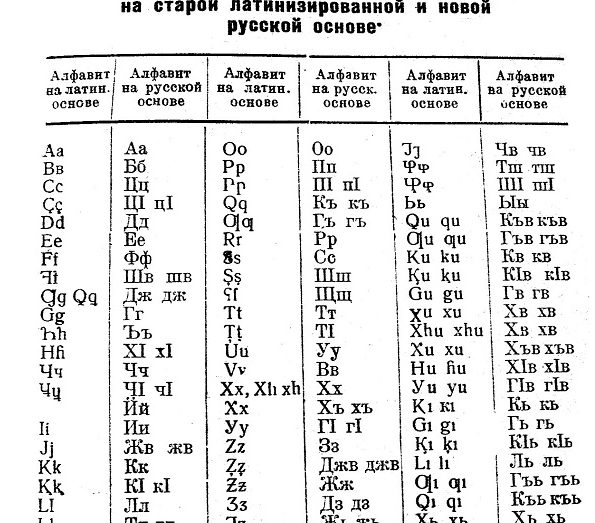
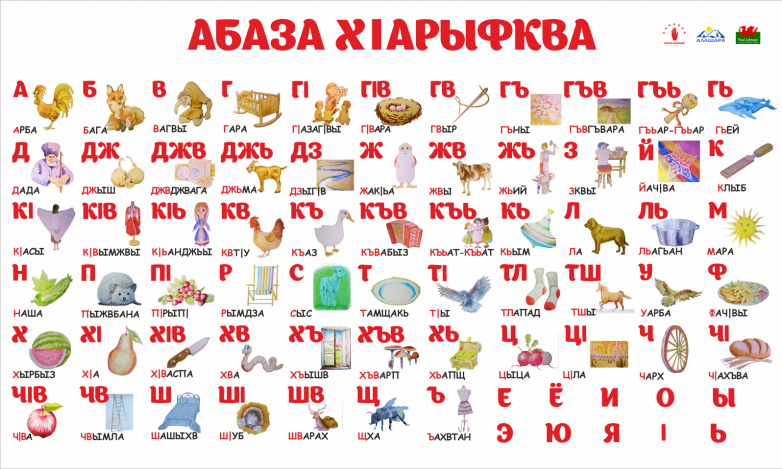
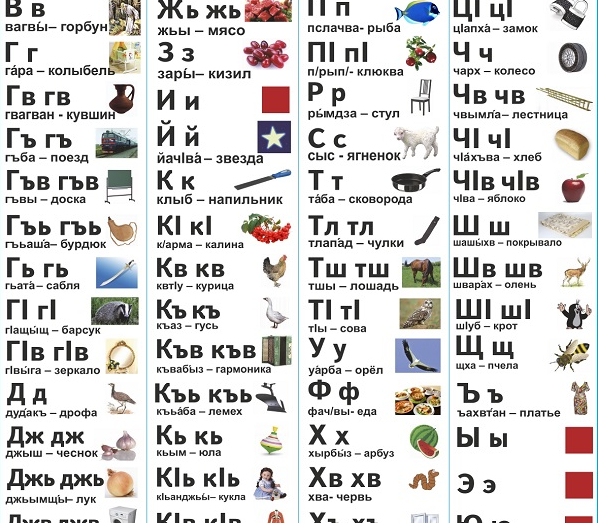
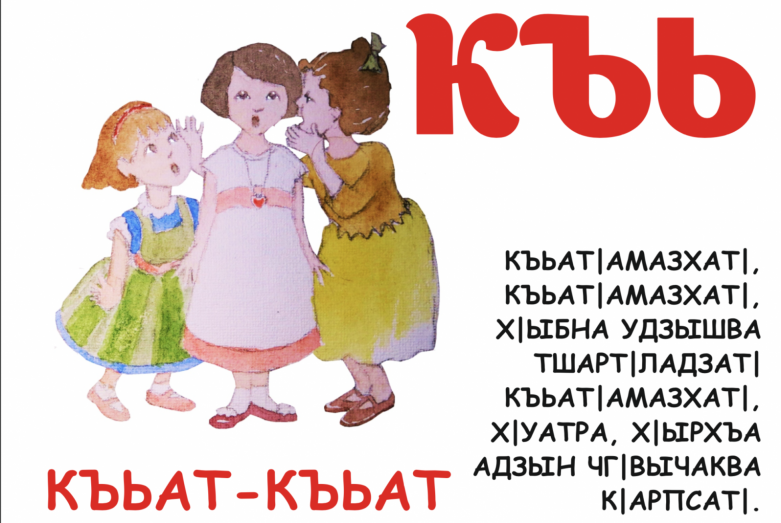
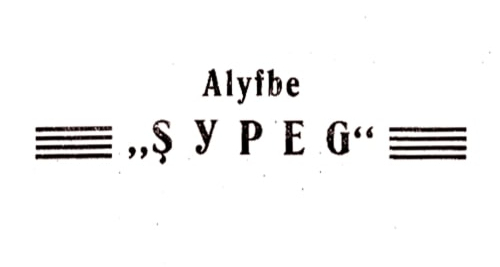
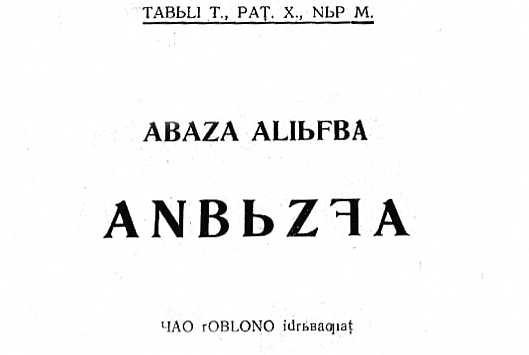
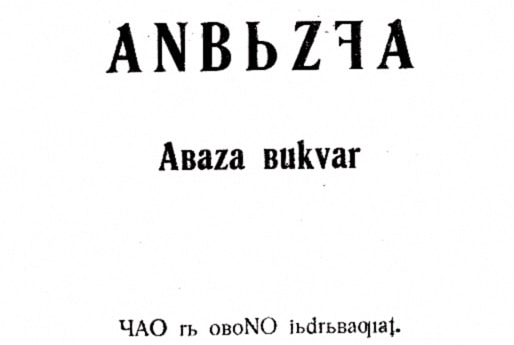
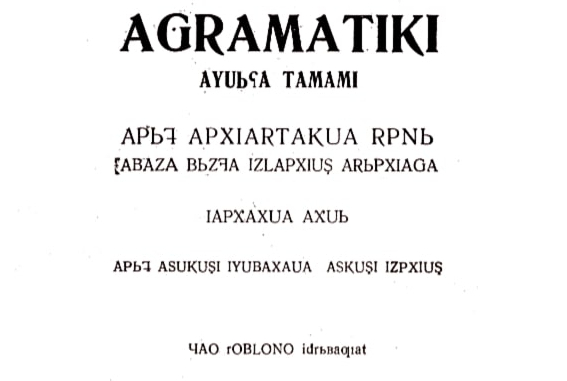
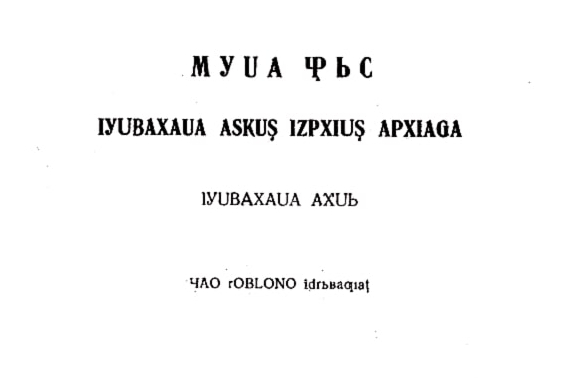
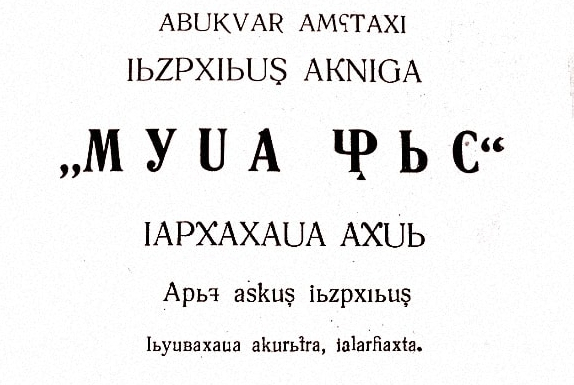
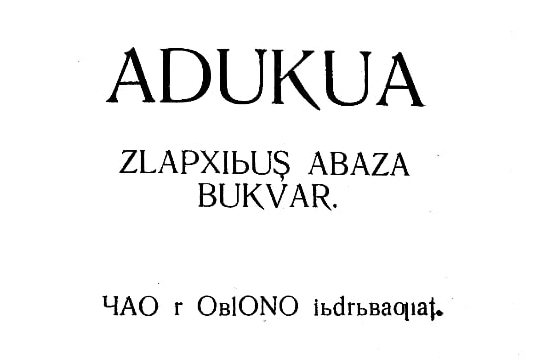
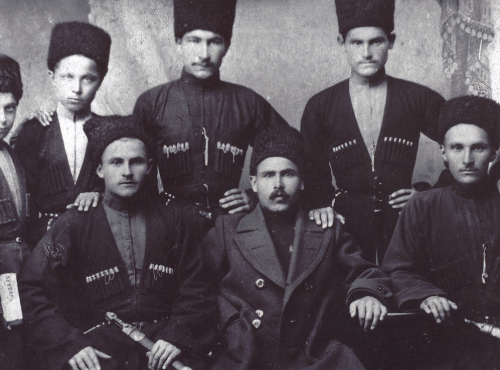


to login or register.